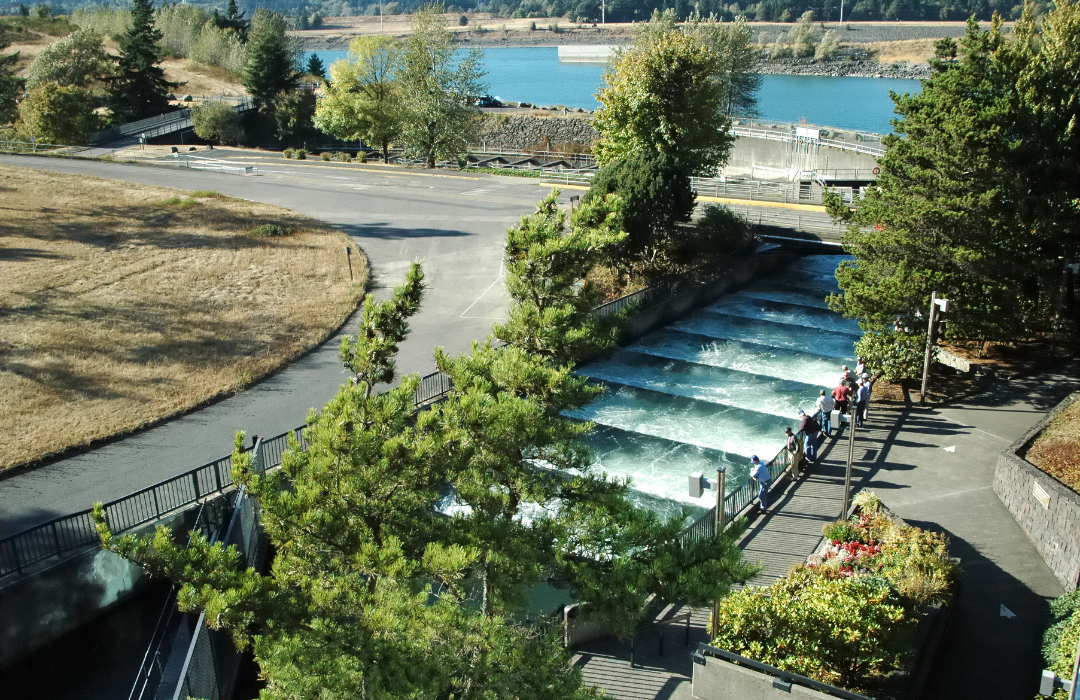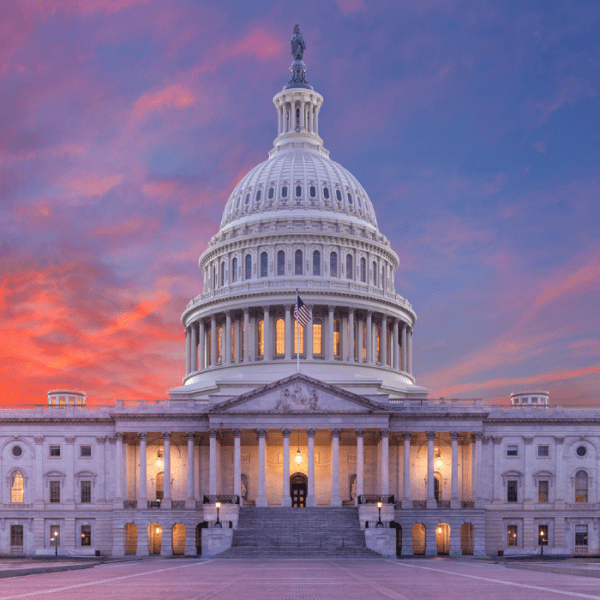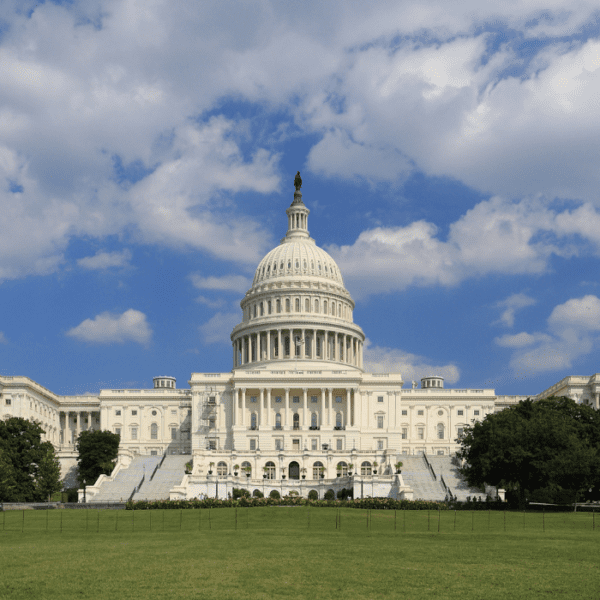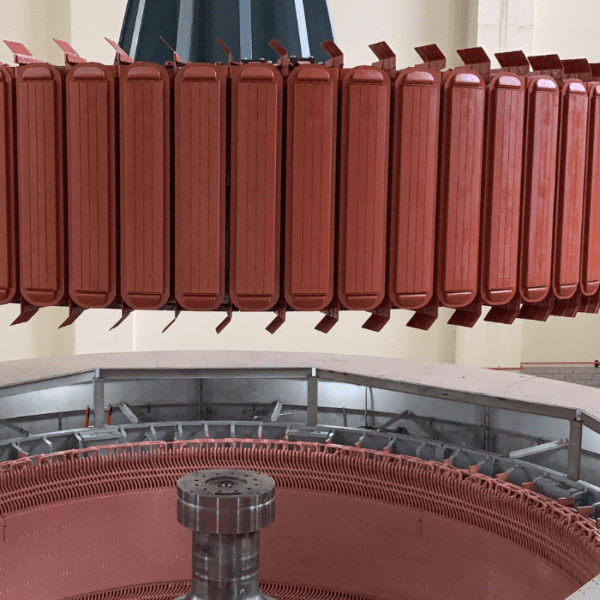One of President Biden’s top campaign promises was to prioritize Environmental Justice in his administration. On July 20, 2021, the President issued a memorandum to the heads of all federal departments and agencies outlining his Justice40 initiative.
Justice40 requires all programs that provide financial support for energy or environmental matters to distribute 40% of program funds to disadvantaged communities. While it’s not the only Environmental Justice action taken by the President during his term, it has the potential to be the most impactful one yet.
Why Does it Matter for Hydropower?
Every hydropower facility is unique and has its own history. If there are hydropower facilities with an opportunity to invest in disadvantaged communities or improve Environmental Justice issues, the Justice40 initiative could help secure additional financing.
For industry members who make use of federal financial support programs for other purposes, there will likely be an alteration in the methodology and distribution of program funds. One program specifically called out by the President is USDA’s Rural Energy for America Program, which provides grant assistance for energy development in rural areas. Grants in this program can be around $500,000 and have helped finance several new hydropower facilities the past couple decades.
The U.S. Department of Energy, U.S. Department of the Interior, and U.S. Department of Commerce were all listed as having programs that must comply with Justice40. The Federal Energy Regulatory Commission was not listed.
The Deep Dive
Congress determines the funds, the parameters, and the recipients of federal programs. However, wherever Congress does not provide explicit direction, the departments and agencies are allowed to interpret the statute based on their expertise. It will be easier for departments and agencies to shift money around in programs with less statutory constraints.
Further information on Environmental Justice was detailed by Kelly McGrath during the National Hydropower Association’s Waterpower Week virtual event in April 2021 in the session: “Report From Inside the Beltway.”
What Are Next Steps?
Over the next few months, agencies will submit information to the Office of Management and Budget.
Within 60 days (September 18), agencies are to report which programs they administer could be considered Justice40 programs. For those programs, they must report total funding and produce a stakeholder engagement plan.
Within 150 days (December 17), agencies are required to report the percentage of funds allocated for disadvantaged communities and non-disadvantaged communities. They also must establish and report a target distribution percentage they hope to achieve under Justice40.
As departments and agencies work to achieve their target distributions, the hydropower industry can expect more guidance documents and rulemakings as the government finds ways to re-allocate funds within statutory requirements. One guidance of particular importance will be the White House definition of “disadvantaged community”.
The National Hydropower Association will continue to inform the industry and its membership of how Environmental Justice impacts hydropower.
For those who work for NHA member organizations, participating in NHA’s Regulatory Affairs Committee calls is a good way to stay up to date.
During NHA’s upcoming Clean Currents conference + tradeshow, the topic will be discussed during Session 27: Focus on Communities: Waterpower’s Unique Role in Ensuring Equitable Access to Clean Energy.












